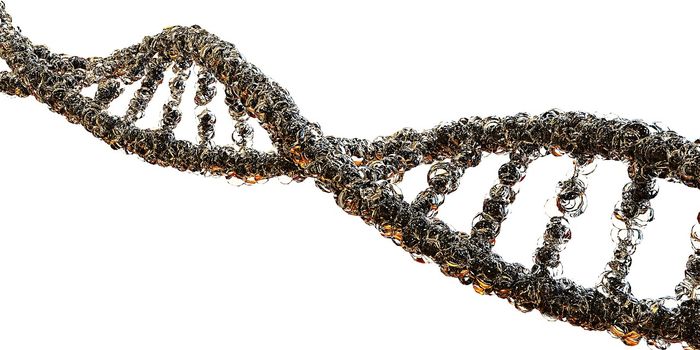Stronger Skeletal Muscles May Reflect A Sturdy Immune System
Individuals struggling to recover from chronic infections and cancer usually experience reduced immune strength and weight loss, including from muscle mass. Researchers from a newly published study investigated whether those two side effects were related, instead of just occurring independently at the same time.
Cancer and intensive infections may leave the afflicted with significant weight and muscle mass loss, a process called cachexia. The same individuals are likely also left with a weakened immune system. According to the results from the present study, it seems that cachexia and loss of immune function are intricately connected.
Loss of immune function in these cases is more specifically characterized by a loss of T cell function. T cells are key immune cells involved in the adaptive immune response, a specific response also involving B cells and antibodies that is vital for launching a targeted attack on cancer and pathogens. Past studies have indicated that loss of T cell function may be connected to cachexia, but researchers also wanted to find out if skeletal muscle mass could positively affect T cell activity.
Researchers utilized an experimental mouse model of acute and chronic infection via the lymphocytic choriomeningitis virus (LCMV). They observed how skeletal muscle gene expression changed during the immune response to the infection, finding that in chronic infections, muscle cells produce higher than normal amounts of interleukin-15 (IL-15). Interleukins like IL-15 are messenger chemicals utilized by the immune system for communication, and in this case the message is to gather T cell precursors and shelter them in skeletal muscle tissue.
With T cell precursors tucked away in the muscle tissue, they experience what researchers call “spatial compartmentalization,” characterized by protection from inflammation that occurs as a result of the immune response to cancer or infection. Protecting these “young” T cells reduces the risk of the T cells that are exposed to inflammation from becoming “exhausted.” This protection also promotes long-term antiviral immunity.
"If the T-cells, which actively fight the infection, lose their full functionality through continuous stimulation, the precursor cells can migrate from the muscles and develop into functional T-cells," explained lead author Jingxia Wu. "This enables the immune system to fight the virus continuously over a long period."
Researchers observed that infected mice with more muscle mass were more likely to be resilient against the infection, compared to mice with less muscle mass. Further studies will need to be conducted to know if the relationship between muscle mass and immune function is the same remains true in humans.
Sources: German Cancer Research Center (DKFZ), Science Advances, Microbes and Infection








